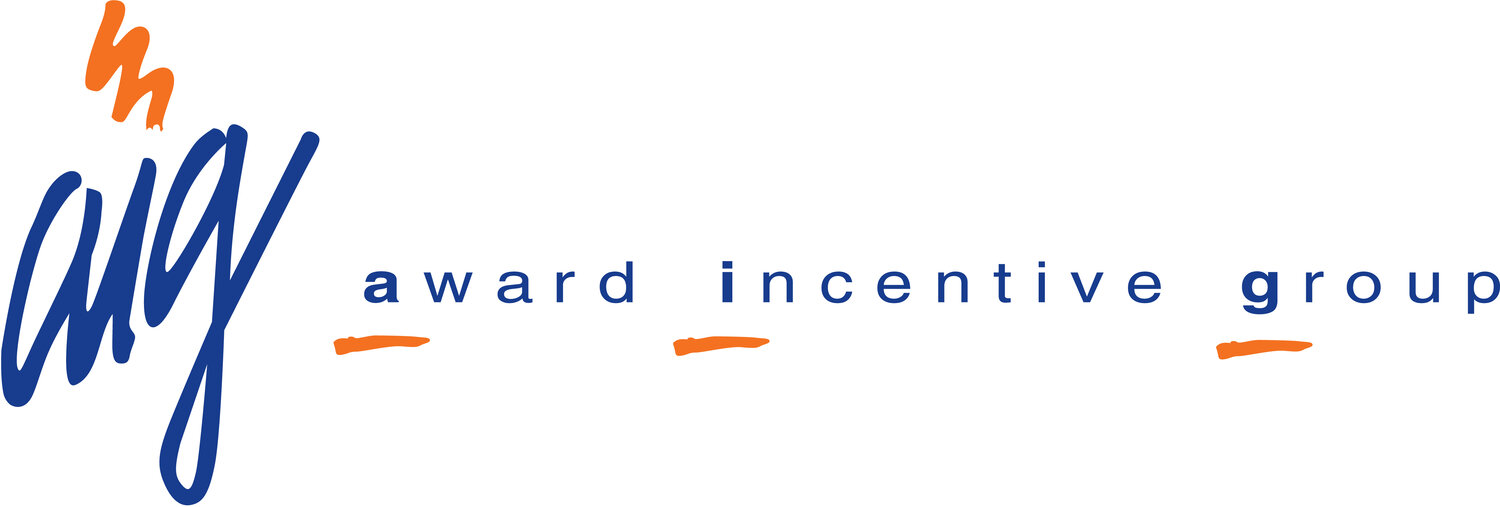Many organizations are exploring the Agile style of management in order to successfully function in today’s rapidly changing environments. This successful mindset began in the tech world, but is now being applied to other functional areas, including HR.
As work becomes increasingly organized project by project, management and talent systems are becoming more team focused. For example, in filling job vacancies, a team “works on several hires at once so that managers can share information about candidates who may fit in better other roles.” Learning and knowledge sharing are encouraged.
Another adaptation to agile work is the use of “spot bonuses to recognize contributions when they happen rather than rely solely on annual merit-based raises.” “Compensation works best as a motivator when it comes as soon as possible after the desired behavior.” Recognition platforms that allow for spot and immediate social recognition provide for a great avenue to drive this immediate feedback in the Agile organization. Also, the annual performance appraisal is being replaced with “more-immediate feedback throughout the year so that teams can become nimbler, “course-correct” mistakes, improve performance, and learn through iteration-all key Agile principles.”
The role of the supervisor is shifting to that of a coach. To help supervisors learn to give better feedback as well as develop their own coaching capabilities, training with a professional coach is being provided. Managers who experience good coaching better understand the value of it. Building employees’ capabilities and relationships with their managers helps to increase engagement, helping the company innovate and move faster .
“Companies that are adopting agile talent practices are giving a lot of thought to how employees experience the workplace.” According to Diane Gherson, CHRO at IBM, “we started with the belief that if people felt great about working with us, our clients would too.” “We’ve found that employee engagement explains two-thirds of our client experience scores. And if we’re able to increase client satisfaction by five points on an account, we see an extra 20% in revenue, on average. That’s the business case for change.”
Read more at:
https://hbr.org/2018/03/the-new-rules-of-talent-management

